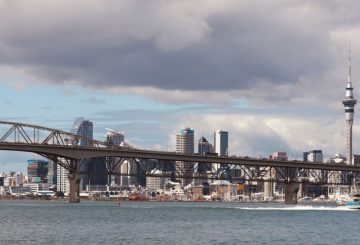Региональный совет залива Изобилия объявил, что он ищет отзывы общественности относительно предлагаемых изменений в автобусной сети Тауранги. Совет стремится более эффективно использовать существующие ресурсы общественного транспорта и упростить поездки на автобусах, чтобы улучшить поездки по городу и пригородам. Процесс общественных консультаций будет открыт для подачи заявок до 28 апреля.
Оливер Хейкок, менеджер по транспортному планированию Регионального совета, сказал, что эффективная система общественного транспорта играет важную роль в развитии Тауранги. Он добавил, что предлагаемые изменения включают корректировку автобусных маршрутов и услуг для решения известных проблем, с которыми сталкиваются клиенты, и для удовлетворения спроса. Г-н Хейкок также выделил новый маршрут Route 1 как захватывающий элемент предложения, который будет проходить по всей длине Кэмерон-роуд, прежде чем отправиться через мост Харбор-Бридж на гору Маунгануи.
Обновление автобусной сети Тауранги началось в ноябре 2021 года, и на следующем этапе основное внимание уделяется улучшению маршрутов на западе и юге Тауранги, включая Матуа, Отумоэтай, центральный деловой район, Гриртон, Пайес-Па, Озера / Таурико, Охауити и Добро пожаловать-Бэй. Совет предлагает отзывы о конкретных автобусных маршрутах, чтобы предоставить более удобный выбор поездок, и побуждает людей делиться своими мыслями в Интернете, лично или по почте.
Хотя региональный совет не несет ответственности за размещение или предоставление автобусных остановок и навесов, любые комментарии, касающиеся инфраструктуры, будут переданы на рассмотрение в городской совет Тауранги. После общественных консультаций отзывы будут проанализированы и включены в предложение, а обновленный проект сети будет представлен в июне 2023 года. После этого совет планирует приступить к планированию реализации.
Для получения дополнительной информации буклет для консультаций с изложением предлагаемых изменений доступен на веб-сайте совета. Заявки можно подавать онлайн, лично или по почте. Сотрудники совета также будут доступны на оживленных автобусных остановках, чтобы предоставлять информацию общественности.






























































